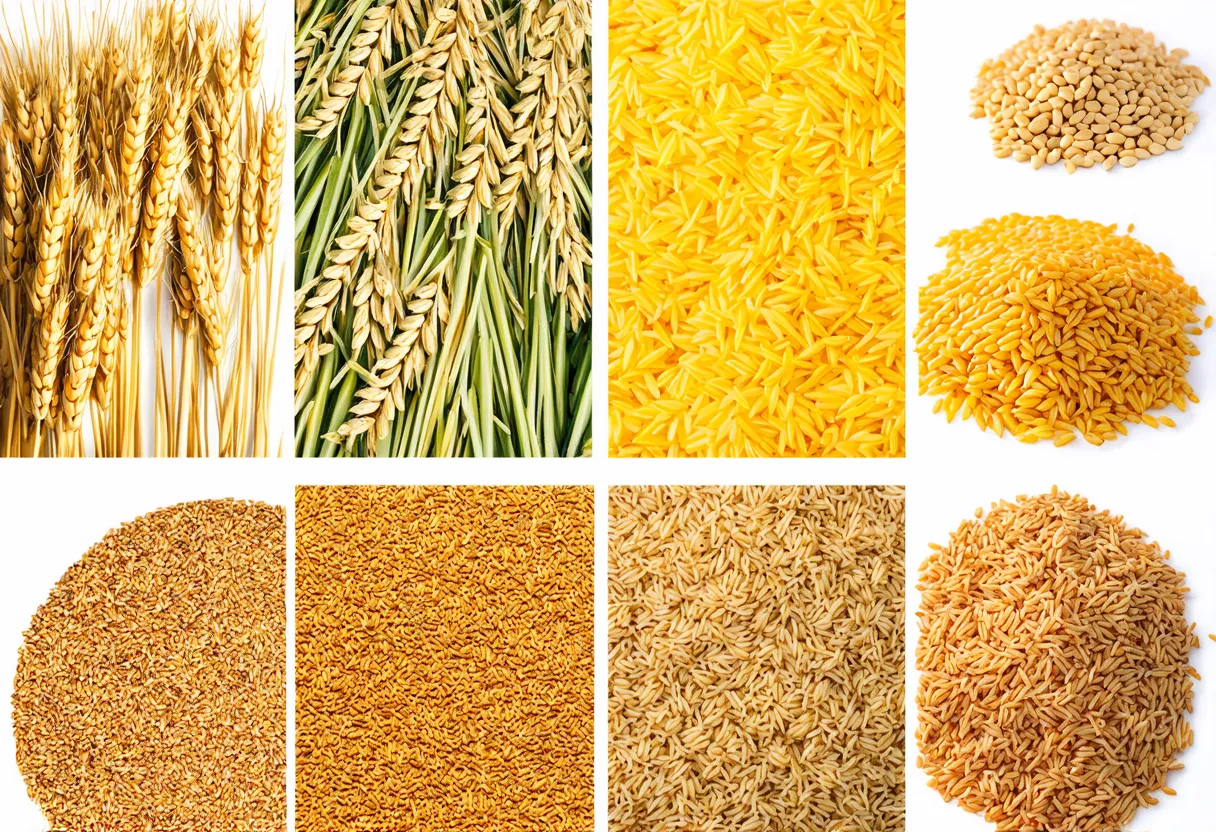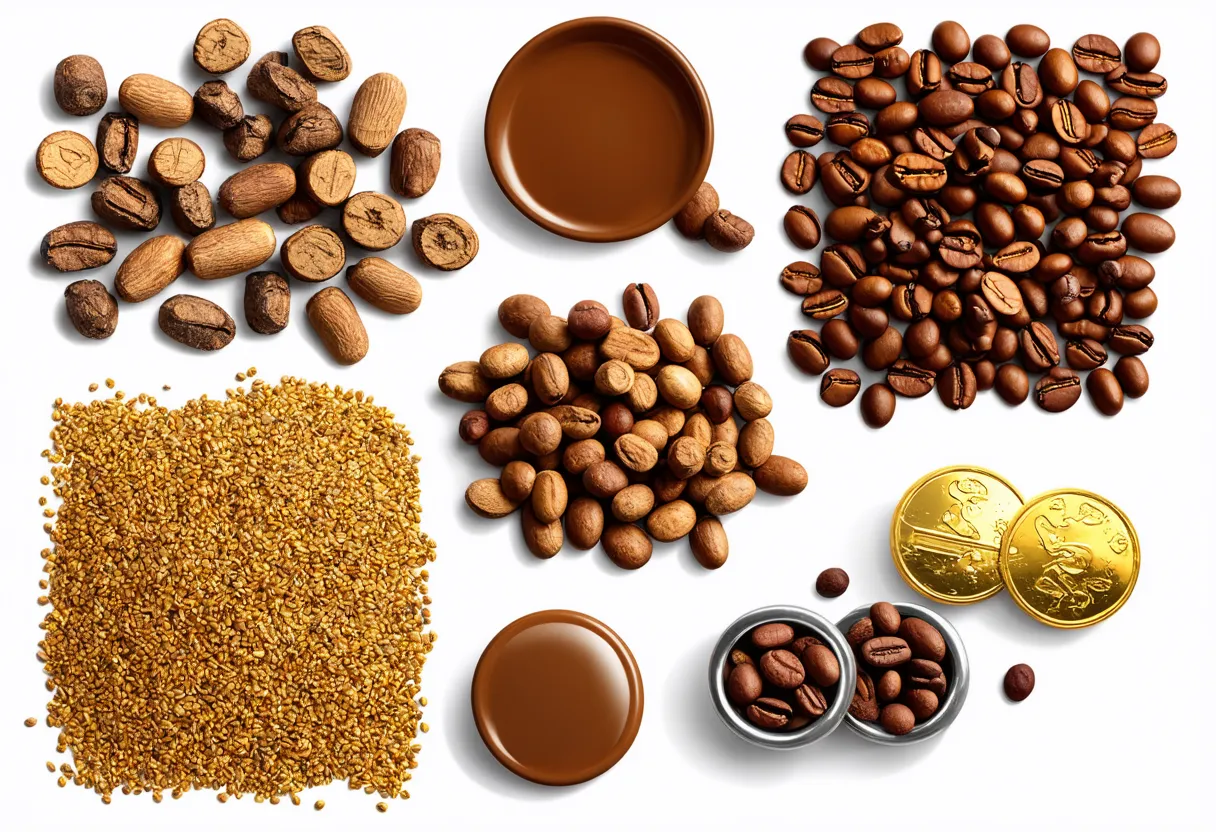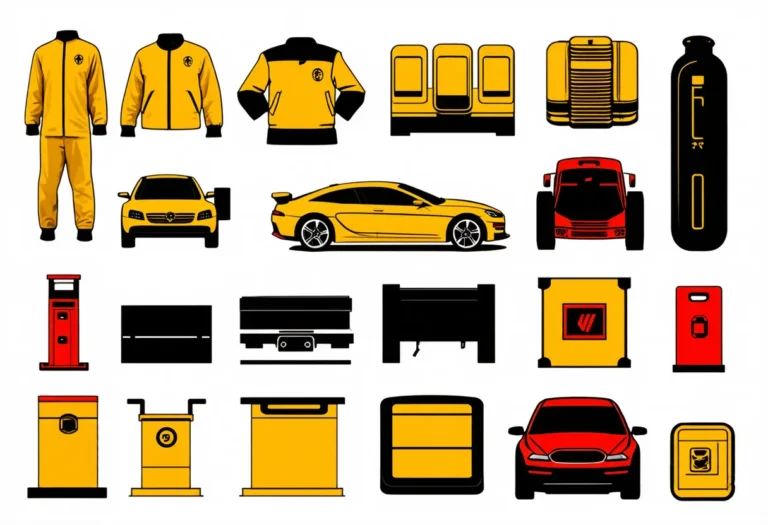Country Cameroon has a population of 27,914,536, ranking 52nd globally, just behind Cote d’Ivoire. Located in Central Africa, it covers 475,440 sq. km, ranking 54th, with Turkmenistan just below it in size.
Cameroon’s economic position in 2022 showcases a GDP of $43,644,068,310.85, ranking 95th globally. It is closely behind Bolivia, whose GDP stands at $44,008,282,877.96. In terms of GDP per capita, Cameroon ranks 155th with $1,563.49. This places it just behind Pakistan, with a GDP per capita of $1,588.88.
Despite facing challenges, Cameroon’s economy continues to grow steadily, with a focus on diversification and sustainable development to further improve its economic standing on the global stage.
What are the economic activities of Cameroon?
- Primary activities: 16.7% of GDP.
- Secondary activities: 26.5% of GDP.
- Tertiary activities: 56.8% of GDP.

Primary Sector of Cameroon
The primary sector in Cameroon, with 20.63% of the land dedicated to agriculture, thrives due to its diverse climate and abundant natural resources. The main agricultural products include cassava, plantains, oil palm fruit, maize, taro, tomatoes, sorghum, sugarcane, bananas, and vegetables.
Despite agriculture contributing 16.7% to the GDP, its significance lies in the variety of crops and animal products produced, sustaining livelihoods and ensuring food security.
With a diverse geological landscape, the primary sector thrives on abundant natural resources like petroleum, bauxite, iron ore, timber, and hydropower. These resources play a crucial role in driving the economy through various industries, contributing significantly to the country’s development and growth.
Cameroon’s oil production of around 63,203 barrels per day ranks it 35th globally. With reserves of 200 million barrels, it holds 0.01% of the world’s oil reserves, fueling economic activity.
Cameroon’s gas production of 680 million m³ in 2020 ranks it 70th in the world, fueling economic activity.
Secondary Sector of Cameroon
What is the secondary sector or what are secondary activities?
The secondary sector involves industries that transform raw materials from primary activities into finished products for consumption. In Cameroon, the main industrial products include petroleum production and refining, aluminum production, food processing, light consumer goods, textiles, lumber, and ship repair.
Manufactures in Cameroon’s total exports are not significantly important, constituting only a small percentage in 2023. The country’s economy may rely more on other sectors for export revenue.
Tertiary sector of Cameroon
What is the tertiary sector or what are tertiary activities?
The tertiary sector in Cameroon encompasses a wide range of services that contribute to the economy through knowledge and time. Key activities include healthcare, education, banking, communication, tourism, transportation, and security. These services provide intangible goods like expertise and advice, enhancing productivity and meeting various needs in both consumer and business sectors.
Of particular importance, Cameroon’s tourism industry contributes minimally to its economy, with only 1,021,000 annual arrivals and a meager 0.0366 arrivals per capita ratio. This modest influx of tourists suggests that the sector plays a peripheral role in driving economic growth and generating revenue, signaling the need for diversification and investment in other industries.
Another example of tertiary economic activity is the mobile cellular sector, which boasts over 23 million subscriptions, supporting technological growth by enhancing communication, fostering innovation, and driving digital services expansion.
Military Activities and Economic Sectors of Cameroon
The military is a good example of many economic activities working together. In Cameroon, the primary sector helps by providing resources needed for military use. The secondary sector focuses on making military equipment. The tertiary sector offers services, while the quaternary sector is about research and development. Finally, the quinary sector involves high-level decision-making and strategy for the military.
In 2023, Cameroon spent $456.1 million on its military, which is 0.95% of its GDP. The country has an active military force of 25,400 personnel. This means there are 1.3 active military members for every 1,000 people in the country.
International Trade of Cameroon
Import Activities of Cameroon

Cameroon’s import activities are of high importance, accounting for 21.99% of GDP in 2023, totaling over 959 billion.
Cameroon’s primary import partners are China (39%), France (8%), India (6%), Belgium (4%), and the UAE (4%). The country mainly imports refined petroleum, wheat, garments, rice, and plastic products to meet its domestic needs and support its economy.
Exports Activities of Cameroon

Export activities in Cameroon play a medium importance role, accounting for 19.29% of GDP in 2023, totaling $8.42 billion. This signifies a significant contribution to the economy, promoting growth and stability.
Cameroon’s export activities are diverse, with key partners including the Netherlands, France, India, Spain, and China. The country mainly exports crude petroleum, natural gas, wood, cocoa beans, and gold.
Cameroon economy challenges in 2024
In 2024, Cameroon faces economic challenges due to political instability, terrorism, corruption, and poor property rights enforcement. The northern regions are experiencing rising poverty despite being the largest CEMAC economy with abundant natural resources.




Leave a Reply